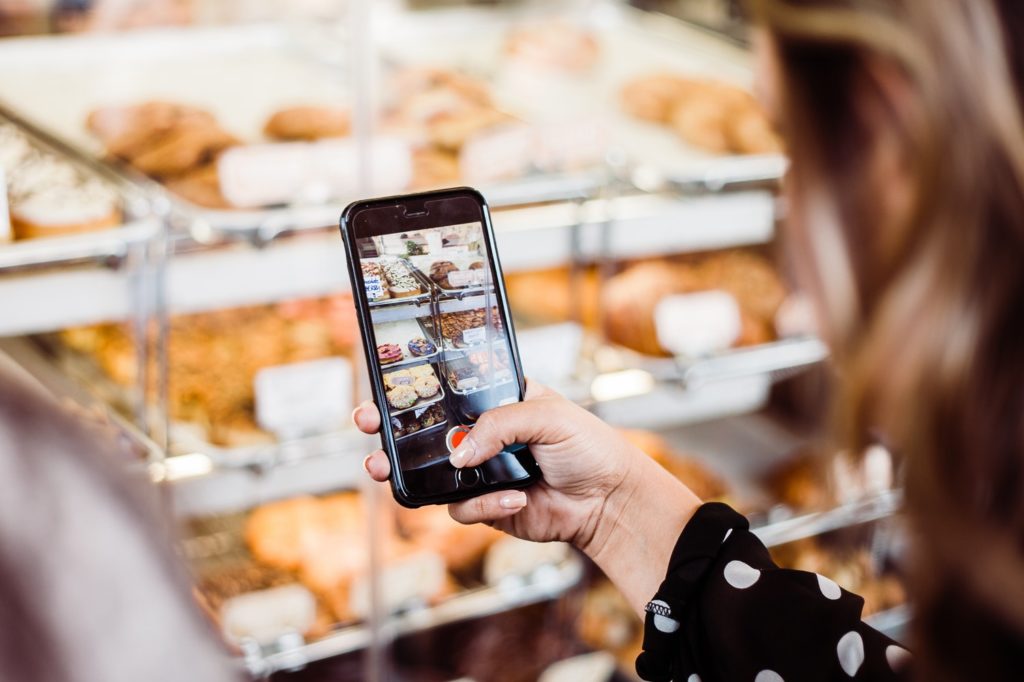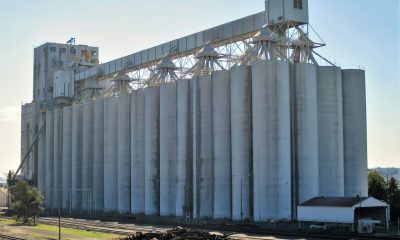Business
How will digitalization impact the food and beverage industry?
Digital technologies are helping every industry on earth eliminate waste, engage in better forecasting and improve how they remain accountable to their customers and shareholders. The food and beverage industry, with its many moving parts and ever-changing health and safety requirements, is the next likely target for digitalization and disruption.

There are plenty of areas already where food and beverage companies engage in heavy spending—in research and development, for example, and on the sheer cost of moving so many products across the globe. But what about software? Are digital technologies a major focus for food and beverage companies?
If they aren’t already on the radar, they soon will be. Before long, most of the processes within the food and beverage development, manufacturing and distribution industries will see some element of digitization. Let’s take a look at a few of the key areas we can expect to change significantly.
1. Better forecasting for supply and demand
Improved analytics was one of AI’s first gifts to the business community. Thanks to access to better and more granular data from each part of the company or supply chain—from sourcing to the customer’s doorstep—business leaders have a fine line to walk when it comes to maintaining a lean inventory.
Digital dashboards are now the backbone of modern enterprise resource planning software, or ERPs. With a modern ERP, food and beverage companies have more sophisticated tools for tracking supplies between their facilities and their vendors. They also can get real-time information about demand out in the “real world,” plus suites of inventory tools for automatic reordering and more.
“Going digital” is about better communication above all. And with better communication—between the moving parts of a complicated industry and between that industry and its audience—comes a more complete and useful picture of supply and demand. Research from Deloitte and others predicts further growth in the market for fresh foods delivered locally. Delivering fresh foods requires greater attention to inventory levels and shelf lives than perhaps any other kind of delivery, and nothing but the most advanced logistics software can make it happen.
2. Sensors for shipment tracking and facility management
You’re probably no stranger to the concept of the IoT. What you might not be familiar with is the role it’s playing in the food and beverage industry’s digital transformation. The Internet of Things facilitates the use of smart connected sensors throughout food storage facilities, throughout the machines that process food products and even within the shipping cartons of foodstuffs in transit to their destination.
The advantage of deploying connected sensors is threefold:
- Advance warning of material handling equipment failure that might impact the quality of the food or disrupt production
- Prompt notice of refrigeration failure in storage areas
- Visibility into the conditions food and beverages are subjected to while in transit via freight services
Deploying IoT devices like sensors throughout the food handling and distribution processes can help ensure a long, productive life cycle for the equipment the industry relies on. But more importantly, tech like this is an ally in keeping the public safe from easily avoidable mistakes.
As the line further blurs—or, rather, as the number of go-betweens shrinks—between grocery chains and the technology companies that power them, expect the IoT to play an even larger role in the delivery of fresh produce and other time-sensitive ingredients delivered, courier-style, to more and more metropolitan areas. BlueApron, and later on, the Amazon-Whole Foods partnership, are proof enough of that.
3. Blockchain for traceability, accountability and public relations

Food and beverage companies are using digital tools to furnish more complete information for their customers. (Source)
One of the ways in which food and beverage companies are using the digital tools at their disposal is to furnish more complete information for their customers. Think information about ingredients in complex food products, the original source of those ingredients and the hands they had to pass through before the finished product made it to somebody’s dinner table.
It’s a good time, too, because 2016 saw the passage of two laws concerning transparency and packaging standards in the United States: the Nutrition Facts Panel Final Rule, or “NFP,” and the National Bioengineered Food Disclosure Standard, or “NBFDS.” Standards like these are essential when it comes to crafting food labels that accurately indicate what’s inside and satisfy what has become a mainstream desire among consumers—knowing, for instance, which of their favorite products contain GMOs and which do not.
There are alternatives to many synthetic or genetically modified ingredients found in the food industry, but people need help to find them on store shelves. There is an increasing premium being placed on food products that are humanely raised, sustainably harvested and ethically sourced. When it comes to matters of health, there can be no substitute for traceability and accountability in the supply chain. And sometimes, companies need a little regulatory help to move with the times. Government standards help elevate the concern and frame the problem, while technological innovation and digitization provide the tools for following through.
A company appropriately called Provenance was among the first to apply blockchain to the problem of tracing product origins all the way back to the source. The result of their efforts was an “interactive certification identification” for the Soil Association. Vendors and other customers can scan the ID mark with their mobile device and see a complete and immutable chain of custody, courtesy of blockchain.
It’s a look into a leaner and cleaner future where the public can enjoy greater insight into what they’re bringing into their homes and putting into their bodies—and the companies making this food and drink can enjoy more cost-effective ways to deliver peace of mind.
—
DISCLAIMER: This article expresses my own ideas and opinions. Any information I have shared are from sources that I believe to be reliable and accurate. I did not receive any financial compensation for writing this post, nor do I own any shares in any company I’ve mentioned. I encourage any reader to do their own diligent research first before making any investment decisions.

-

 Impact Investing5 days ago
Impact Investing5 days agoVernazza Autogru Secures €5M Green Loan to Drive Sustainable Innovation in Heavy Transport
-

 Cannabis2 weeks ago
Cannabis2 weeks agoCannabis Company Adopts Dogecoin for Treasury Innovation
-

 Markets10 hours ago
Markets10 hours agoRice Market Slips Amid USDA Revisions and Quality Concerns
-

 Business1 week ago
Business1 week agoLegal Process for Dividing Real Estate Inheritance

























You must be logged in to post a comment Login